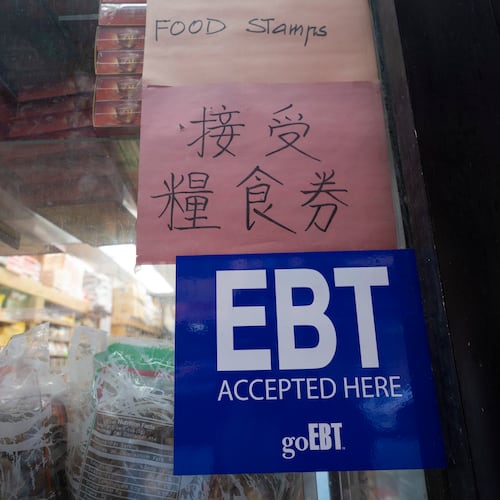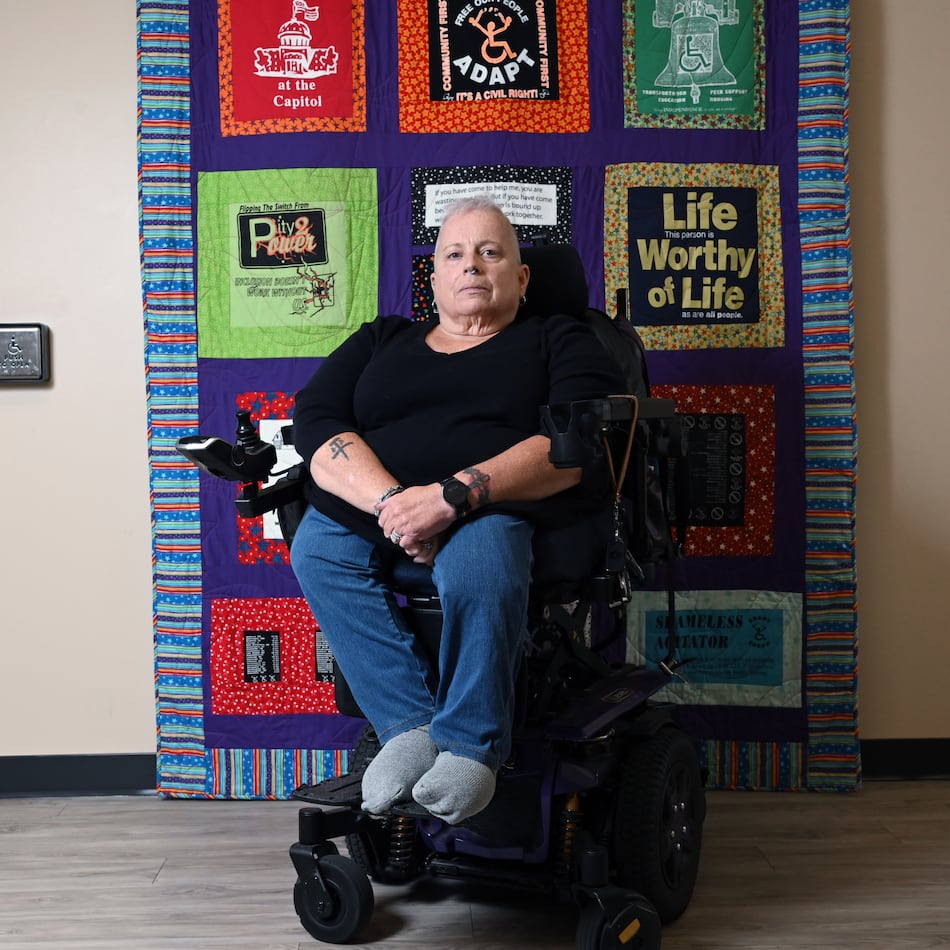In many ways, Evie and Ricky Sanders are lucky, and they know it.
On a good day, if their used 2004 Honda Pilot isn’t on the blink, it takes them no more than 10 minutes to drive the 10 miles from their home in Cumming to the nearest Kroger.
Ricky, 57, is a former flower nursery worker who is HIV-positive and struggles with the side effects of his medications. His wife, Evie, 58, is a former nursing assistant who suffers from chronic obstructive pulmonary disease. They live in a three-bedroom wood frame house atop a small hill in rural Forsyth County, where they eke out a living from $1,500 in monthly disability checks and $25 a month in food stamps.
What the Sanders have learned is that, for them at least, even good days have a bad side.
“Most of our shopping is done from the carts where the markdowns are,” Evie says. “We can’t afford name brands.”
To make ends meet, they rely on the monthly supply of staples they get from There’s Hope for the Hungry, a nonprofit organization that feeds 26,000 North Georgia families a year, many of whom, like the Sanders, live in what the USDA calls food deserts. Their homes are located in low-income areas more than one mile from a supermarket or other reliable source of fresh fruits and vegetables.
About the Author
Keep Reading
The Latest
Featured



